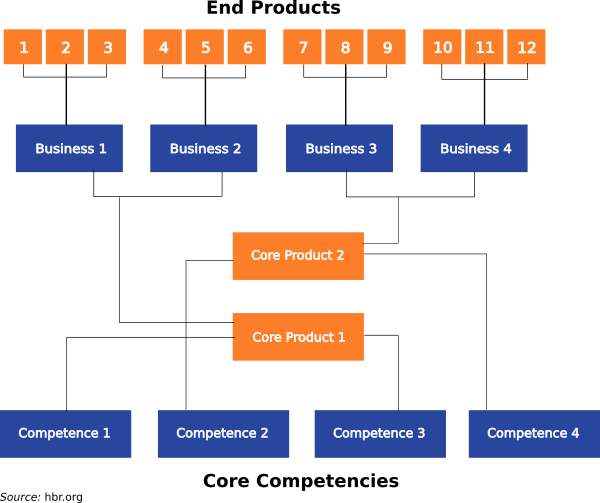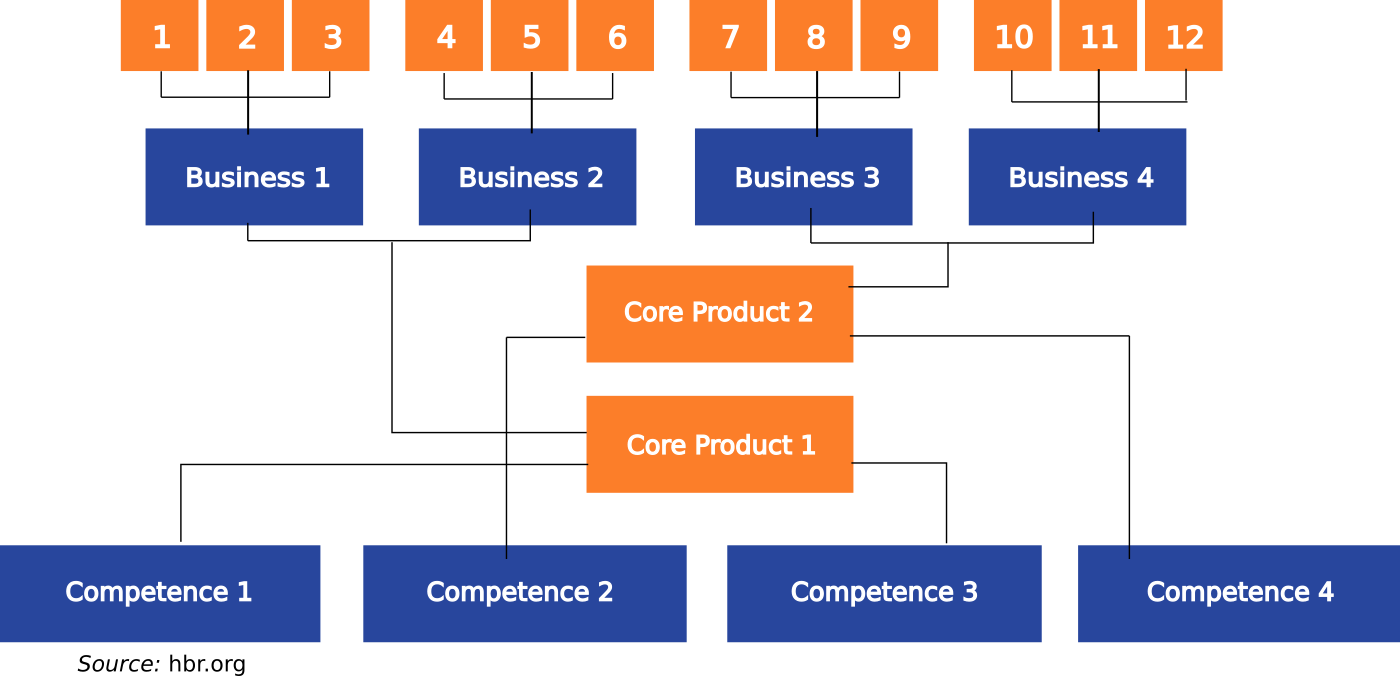As a certified New Product Development Professional 2012 to 2015, License #11136 and as an NPDP trainer during the same period, I was fascinated by the “living“ body of knowledge on Innovation/ New Product Development from PDMA.
The knowledge with several examples from the field research of scores of NPD practitioners who make up the not-for-profit PDMA is expansive and very educative for innovators. What I particularly like is the knowledge on the Strategy process area – specifically on defining Innovation Strategy in alignment with the Business Strategy to build systemic innovation capability in organizations.
For e.g., An important metric of 3M’s Innovation Strategy says that, “in a given financial year, one-third of 3M’s Total revenue should be generated from the new products developed over the past 5 years”.
Obviously, to build such a progressive innovation strategy requires a foresight grounded on an in-depth understanding of the products and the markets they are targeted to serve. Included in this understanding are the common features and characteristics that could be used to group similar products. The exercise or the process that identifies this similarity among the products and grouping them into a common architecture is what we call as a Product Platform.
Before we delve into how Artificial Intelligence could be used to build a successful product platform strategy, we need to clearly understand what a platform is (with examples); what a product platform is; And also, the characteristics and considerations to build a product platform strategy.
Typically, we use the word platform to represent something that is commonly used to deliver products or services. Robertson and Ulrich (1998) define a platform as the collection of assets that are shared by a set of products.
In the context of technology, Techopedia defines a platform as a group of technologies that are used as a base upon which other applications, processes or technologies are developed.
Michael E McGrath in his excellent book titled Product Strategy for High Technology Companies, further makes it simple by saying that a platform is the lowest common denominator of relevant technology in a set of products or product line.
An excellent read on various types of platforms with examples can be found here.
PDMA defines product platforms as Underlying structures or basic architectures that are common across a group of products or that will be the basis of a series of products commercialized over a number of years.
A product platform strategy defines:
- cost structure,
- capabilities and
- differentiation of the resulting products
In this article, we limit our scope to differentiation and as such, we are more interested in finding ways of how Artificial Intelligence can help in:
- identifying the vector that gives competitive advantage and along which new features/improvements to existing products or new products could be built, and
- the differentiating features among these new products.
 In a study, it was found that one of the critical ingredients for a successful product platform strategy is the platform’s unique differentiation that it provides for a competitive advantage. This differentiation provides a common theme for all the products derived from the platform.
In a study, it was found that one of the critical ingredients for a successful product platform strategy is the platform’s unique differentiation that it provides for a competitive advantage. This differentiation provides a common theme for all the products derived from the platform.
For e.g., Apple used ease of use as the vector of differentiation for its Macintosh (and subsequent iMac) platform; Eventually, Microsoft is also catching up with this differentiation.
A vector of differentiation enables sustained competitive product differentiation by continuos improvement along a specific path with a distinct benefit or value proposition. This is by far the most successful competitive strategy for high-technology companies.
Michael E McGrath
Michael E McGrath lists the following Vectors of Differentiation being used by assorted organizations to build competitive advantage in their derivative products:
Identifying Vectors of Differentation (VoD):
How does an organization identify the best VoD that brings competitive advantage and thereby, helps in building a successful product platform strategy?
Features that differentiate resulting products:
After successfully identifying the VoD, what should be the new features/improvements to existing products or the new products that the organization wants to develop along the VoD?
Michael E McGrath suggests that when an organization applies it’s technical core competencies as a base for VoD, it can establish a competitive advantage. In other words, an organization can build vector(/s) of differentiation by identifying it’s core competencies.
For e.g., Sony’s core competencies are in miniaturization, which it uses to develop new products.
The question thus is:
How does an organization identify it’s core competencies?
While there are many theories, tools and frameworks that help in identifying core competencies of an organization, it seems almost all of them imply that knowledge, skills, abilities and experience of employees who build products and processes cumulatively makeup the core competencies of the organization.
While I see that strategy is more of an inductive thinking process, which involves building new abstract models or frameworks mostly with human ingenuity (as of today), nevertheless, the deductive thinking process, which involves deriving from existing frameworks can be done more efficiently using Artificial Intelligence with good amount of data.
One interesting framework that I really liked and where Artificial Intelligence could be applied is the research paper titled Understanding, Finding and Applying Core Competencies by William B Edgar and Chris A Lockwood.
In the paper the authors have researched four technology firms to define a conceptual framework for identifying core competencies in a typical technology organization and also, have suggested a methodology for building an organization’s structure of knowledge and practice.
The first step in finding core competencies in the suggested framework is to apply conceptual analysis to corporate documents concerning the organization’s products and services. The documents include:
- Business statements within annual reports
- Current corporate profile and fact books
- Product overviews
- Product catalogs
- Research laboratory agendas and reports
- Technical briefs and white papers
The conceptual analysis involves:
- listing keywords with their occurrences in these documents,
- classifying them into any of the seven elemental categories of the authors suggested core competencies framework, and
- building a competencies breadth table with the above keywords and classes.
I see a great possibility of applying Natural Language Processing (NLP, which is the language part of Artificial Intelligence) to automate the conceptual analysis as suggested by authors. The NLP model, which was built specific to the organization, could be further used to do conceptual analysis on future documents generated by the organization.
Successive steps that are used to identify core competencies involve more of manual evaluation by experts, like Delphi process.
The end result of using this framework not only identifies an organization’s core competencies, but also, helps in building an organization’s structure of knowledge and practice. This latent knowledge could potentially be used to build new products and services on the foundation provided by the identified core competencies.

